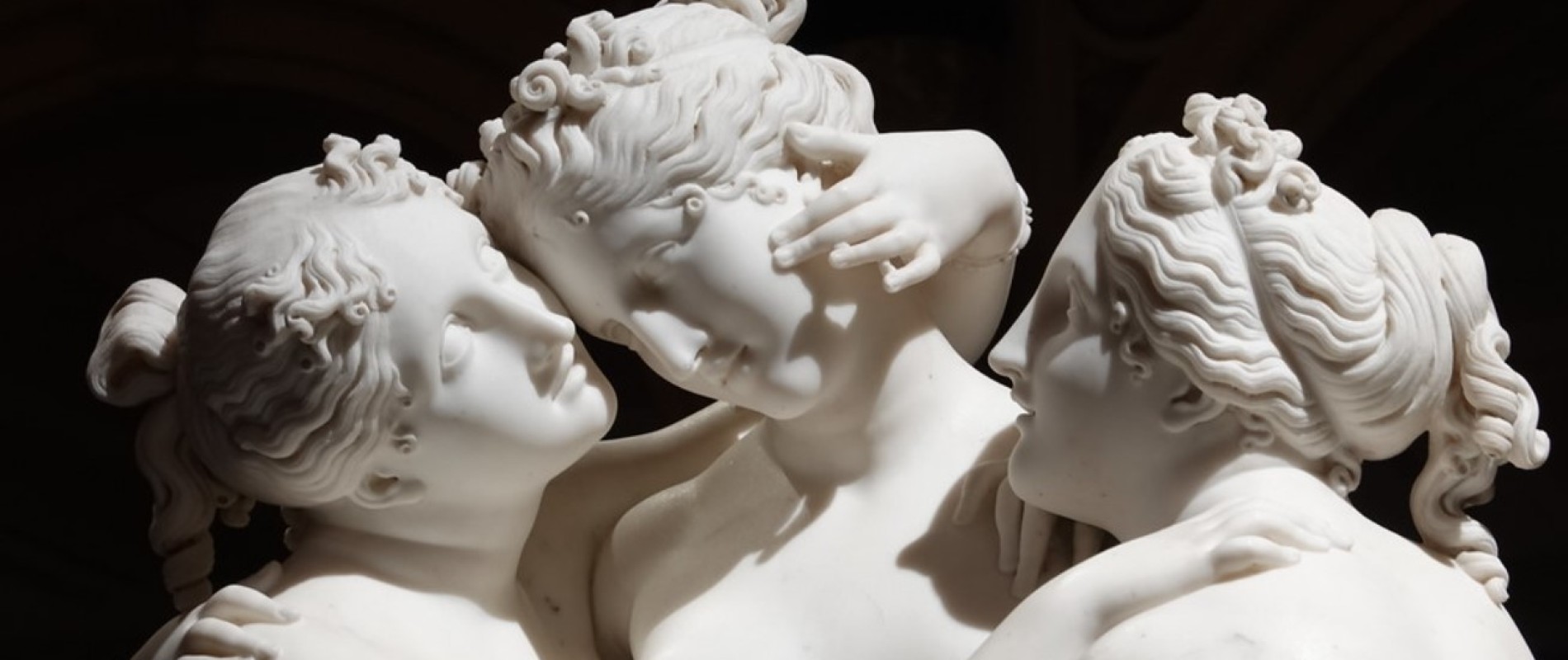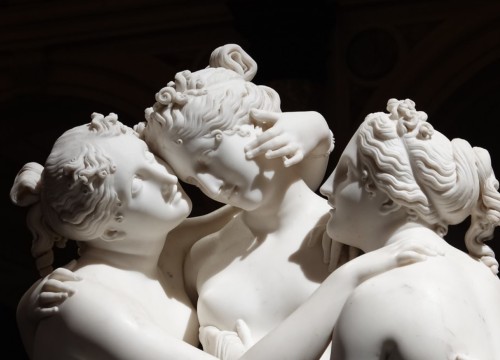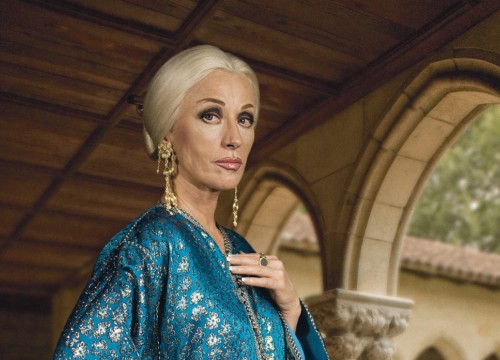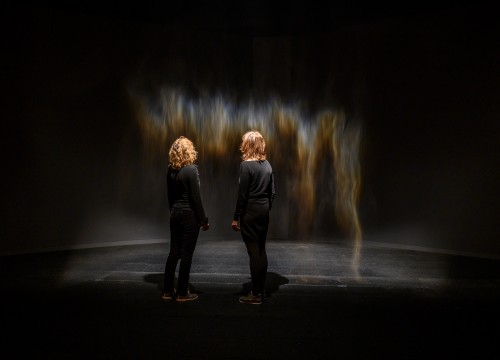Many rejoiced at the pardon of the Egyptian activist Patrick Zaki, a political and diplomatic act sealed by a winged word: “grazia” (“grace”).
The writer Deledda, the only woman in our country to have won the Nobel Prize for literature in 1926, answered the name of Grazia; one of her illustrious colleagues, Saffo, a poet of Lesbos, born 630 years before Christ, with the ardour that characterizes her, writes: “Stop my friend, reveal your grace to my eyes”. Noble disyllabic word that, besides denoting physical attractiveness, alludes to that rare virtue that is benevolence mixed with amiability, and suggests the natural charm of a being that moves elegant and, De André would sing, “nascon fiori dove cammina”. She had this ability to make the soil bloom under her feet, Aphrodite, seductive goddess of that state of grace we call “love”, and spring of all things. In Greek mythology, the Graces are divine, the three Carites, and, according to some versions of the myth, which by its nature is not uniform and unique but stratifies and changes and facets, are daughters of Dionysus, god of wine and drunkenness, and of Aphrodite; often they make her courtship, together with the Hours, and they create dresses for her dyeing them of the most varied and shining colors of the flowers. They are called Euphrosyne or Letizia, Aglaia or Splendor and Talia, generous prosperity of nature. The three together form the harmony of the parts of which beauty is made. The dance and the embrace of the three figures have inspired artists of all time, from Lucas Cranach to Rubens, from Botticelli to Canova, from Maillol to Niki de Saint Phalle, from Fragonard to Delaunay and from Raphael to Thomas Hodges who in photography has put together three beauties of different ethnicities, under a colorful floral composition, united in harmony. Harmony that is both beauty and peace, a situation that the human being, since he appeared on earth, cannot find and preserve. The three together form the harmony of the parts of which beauty is made. The dance and the embrace of the three figures have inspired artists of all time, from Lucas Cranach to Rubens, from Botticelli to Canova, from Maillol to Niki de Saint Phalle, from Fragonard to Delaunay and from Raphael to Thomas Hodges who in photography has put together three beauties of different ethnicities, under a colorful floral composition, united in harmony. Harmony that is both beauty and peace, a situation that the human being, since he appeared on earth, cannot find and preserve. Can peace be sewn? Skilled hands, often feminine, gracefully, from time immemorial, in the continuous flow of years and history, spin and weave. In our present, in which peace is an essential and primary need, Olimpia Biasi indicates, with the thoughtful lightness of her canvases (exhibited in Treviso at the Gallerie delle Prigioni) that make us raise our gaze upwards, that we must Mend peace, suggesting that the work of mending is the most appropriate for the purpose: to mend, in fact, you need a project, a lot of patience and an affectionate adherence to what you are doing. And if “giving thanks” is synonymous with thanking, this is what we feel to do every time we think of art, spiritual activity that, without forgetting grace, you can beat, entering the field with its means, to talk about values, ethical issues, solidarity. Like that peace that, at the moment, seems to remain a utopia.
Plays:
Claudio Monteverdi, Non più guerra, pietade, 1603 Amilcare Ponchielli, Grazie vi rendo, aria dall’opera La Gioconda, 1876
Leonard Bernstein, Divertimento per orchestra II, Waltz, Allegro con grazia, 1980 Marihiko Hara, Grazia, 2017

































